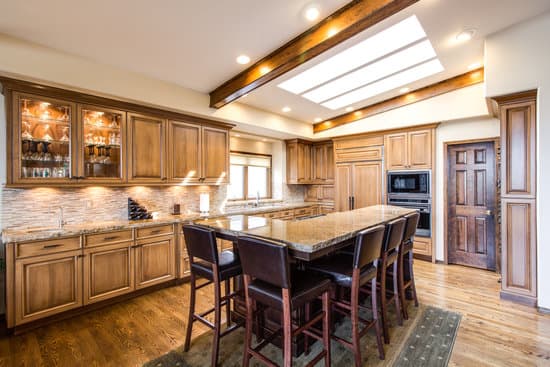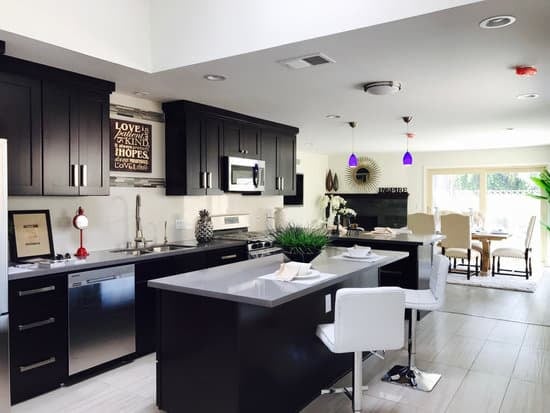How Often Should a Bathroom Be Replaced?
Bathrooms are one of the most important spaces in a house, yet most homeowners overlook their proper maintenance and timely renovation. A neglected bathroom can cause more problems than just aesthetic displeasure, such as plumbing problems and mold growth. Therefore, it is essential to know when to renovate your bathroom to avoid costly repairs and potential health problems.Signs your bathroom needs an update
On average, a bathroom can last for seven to ten years before it requires a renovation. However, in certain cases, homeowners may need to renovate their bathrooms sooner. The following are some warning signs that indicate that your bathroom needs an update:- The tiles are chipped, cracked or missing.
- The walls are discolored, peeling or have mold growth.
- The fixtures are outdated or faulty, and repair is no longer possible or worth the cost.
- The plumbing has frequent leaks, clogs, or poor water pressure.
- The layout is not functional, and the bathroom feels cramped or awkward to use.
The importance of proper maintenance
Regular maintenance is essential to keep your bathroom in good condition and increase its longevity. Homeowners should educate themselves on proper bathroom maintenance to avoid costly repairs and renovations. The following are some tips to maintain your bathroom:- Clean the tiles and grout regularly to prevent mold growth.
- Fix leaks immediately to prevent water damage to walls and floors.
- Replace caulking around bathtubs, showers, and sinks to prevent moisture from seeping into the walls.
- Keep the bathroom well ventilated to prevent humidity and moisture buildup.
- Flush only toilet paper to prevent clogs.
Factors that affect the lifespan of a bathroom
The lifespan of a bathroom depends on several factors, such as the quality of materials used, the level of maintenance, and the frequency of use. A well-maintained bathroom with durable materials can last longer than a poorly maintained bathroom with low-quality materials. The following are some factors that affect the lifespan of a bathroom:- Water quality and its effect on pipes and fixtures
- The level of bathroom traffic and usage
- The quality of installation and workmanship
- The quality and condition of materials used
Materials that last longer in a bathroom
Using high-quality materials can extend the life of a bathroom and reduce the need for frequent renovations. Homeowners should consider using the following materials when renovating or building their bathrooms:- Porcelain or ceramic tiles for flooring and walls
- Granite or quartz countertops
- Marble tiles or slabs for countertops or shower walls
- Cast iron, acrylic, or fiberglass bathtubs
- Chrome or stainless steel fixtures
How to extend the life of your bathroom
Homeowners can take several measures to extend the life of their bathroom and postpone the need for expensive renovations:- Regularly maintain and clean the bathroom
- Address any issues immediately before they become severe
- Consider upgrading individual elements instead of a full renovation
- Upgrade to water-efficient fixtures to save water and reduce utility bills
Cost-effective ways to update your bathroom
Bathroom renovations can be expensive, and homeowners on a budget may not be able to afford a full renovation. However, there are cost-effective ways to update your bathroom and improve its appearance and functionality:- Changing the showerhead and faucet can give a bathroom a modern look without the cost of a full renovation.
- Re-grouting and re-caulking tiles can make them look new and prevent future damage.
- Painting the walls or adding wallpaper can give the room an entirely new look and feel.
- Replacing the toilet seat and lid can give the toilet a fresh look.
- Adding a new mirror or lighting fixtures can improve the bathroom’s functionality and appearance.
Finding the right contractor for bathroom renovations
Choosing the right contractor is critical for a successful bathroom renovation. Homeowners should do their research and choose a contractor who has experience in bathroom renovations and has a good reputation in the industry. Some tips for finding the right contractor are:- Ask for recommendations from family, friends, and neighbors
- Read online reviews and check the contractor’s ratings with the Better Business Bureau
- Ask for references and speak to past clients
- Ensure that the contractor is licensed, insured, and bonded
- Get multiple quotes and compare them carefully before making a decision






















